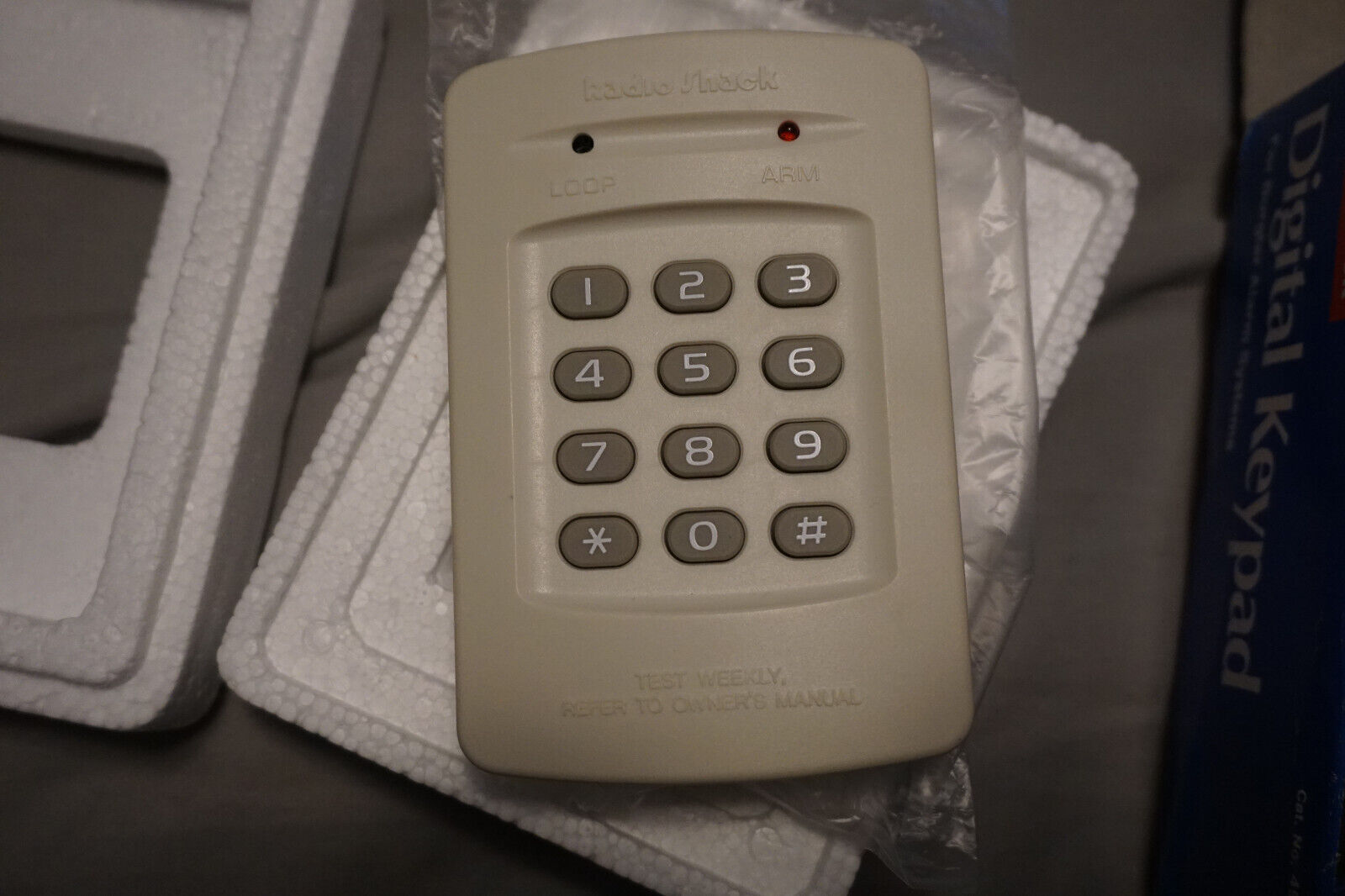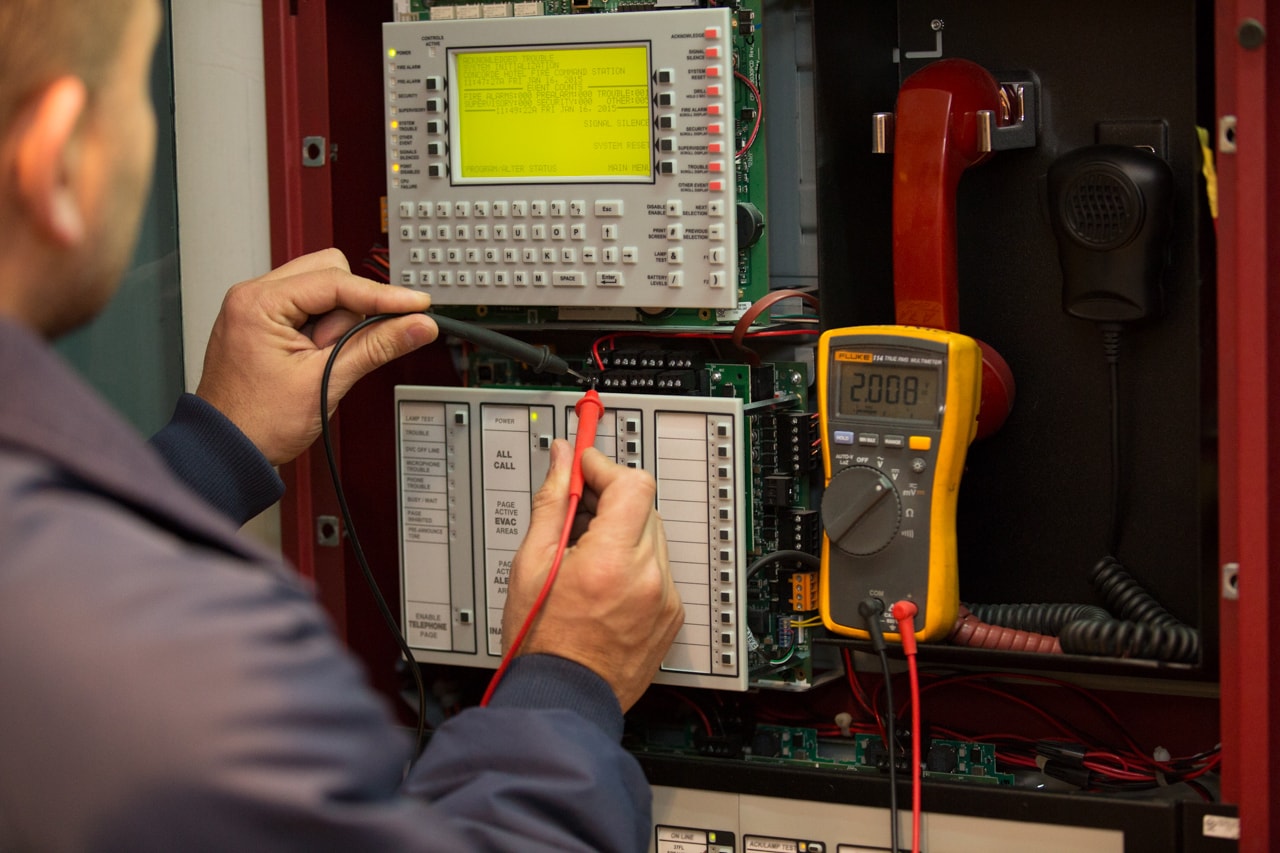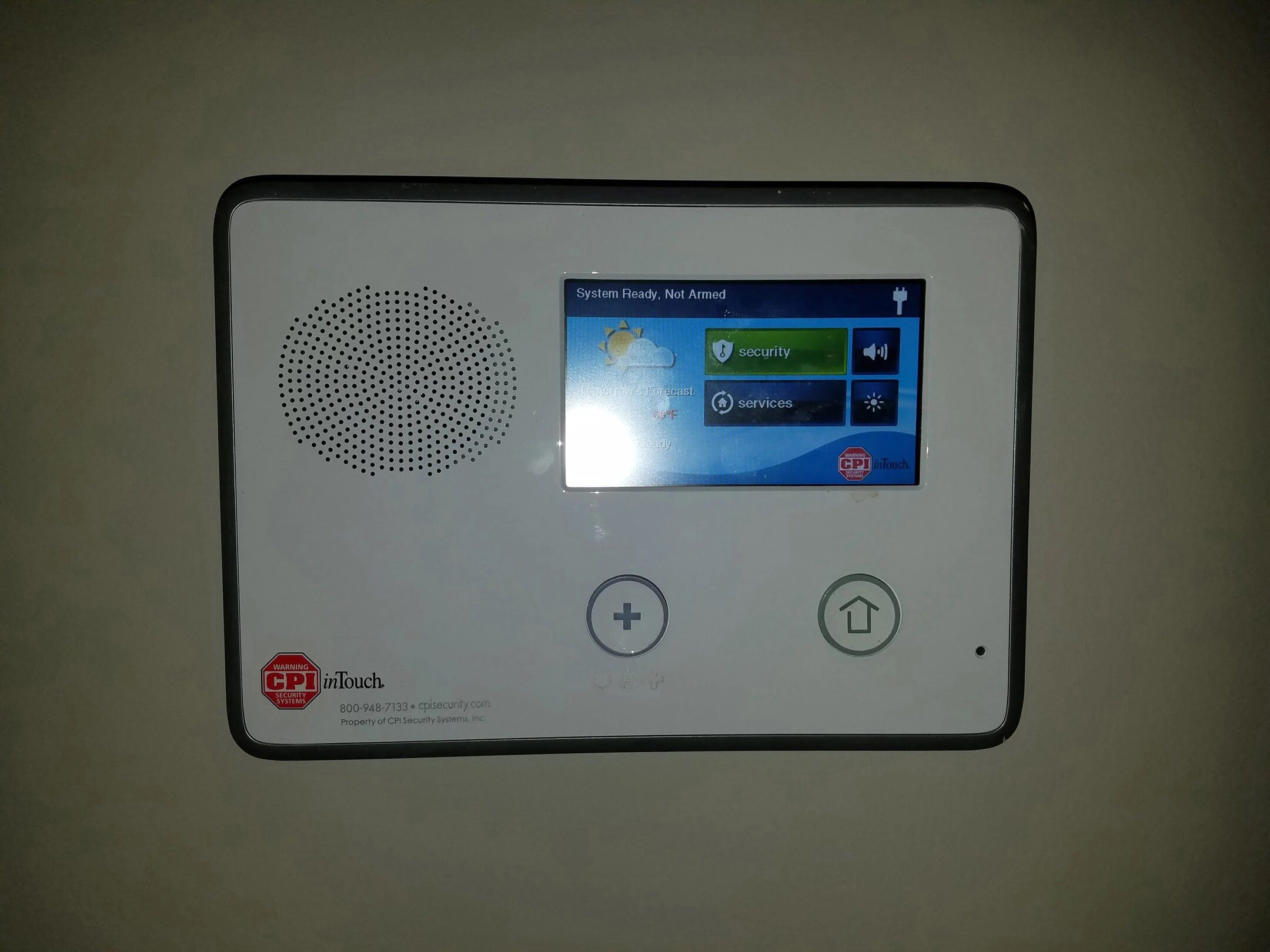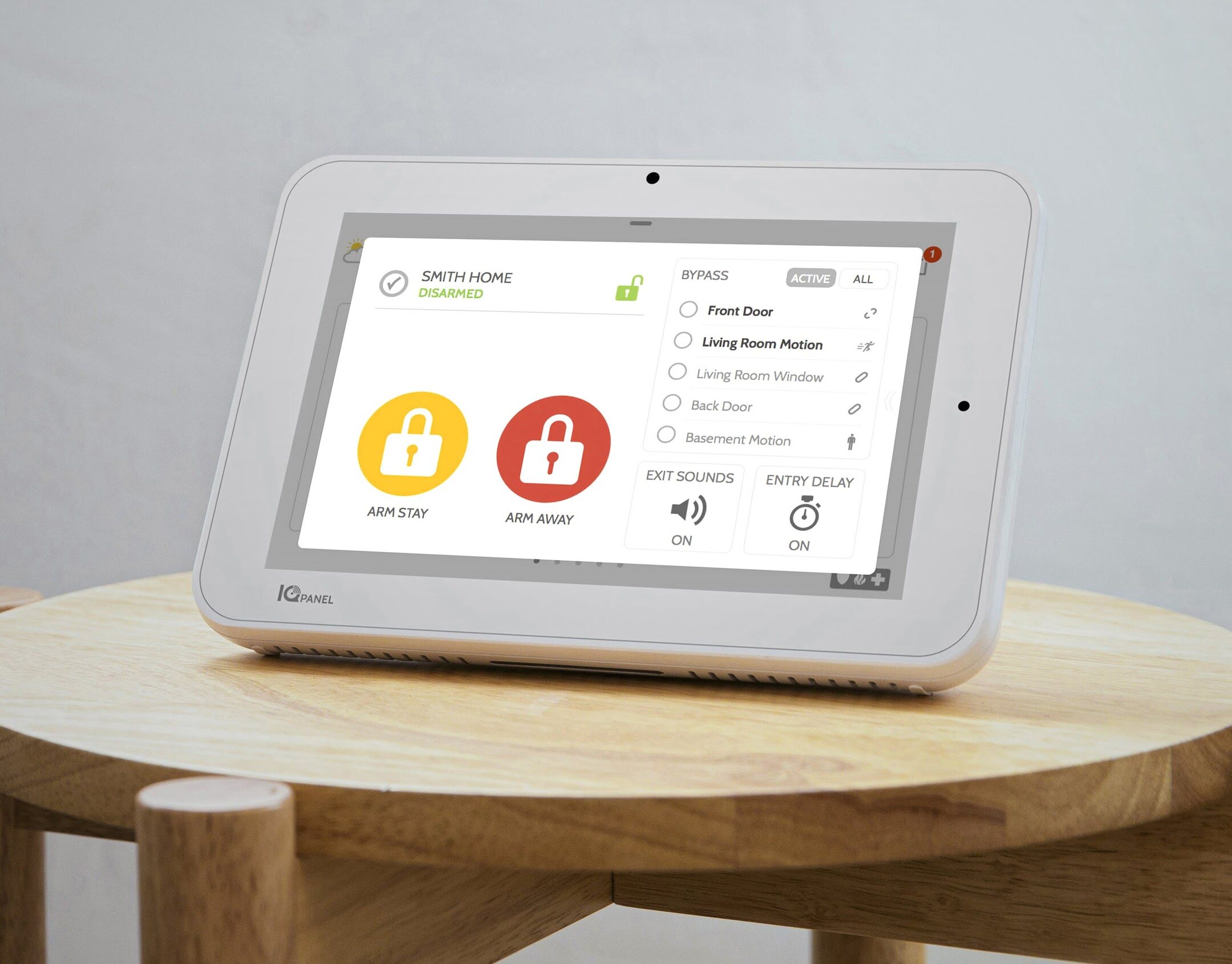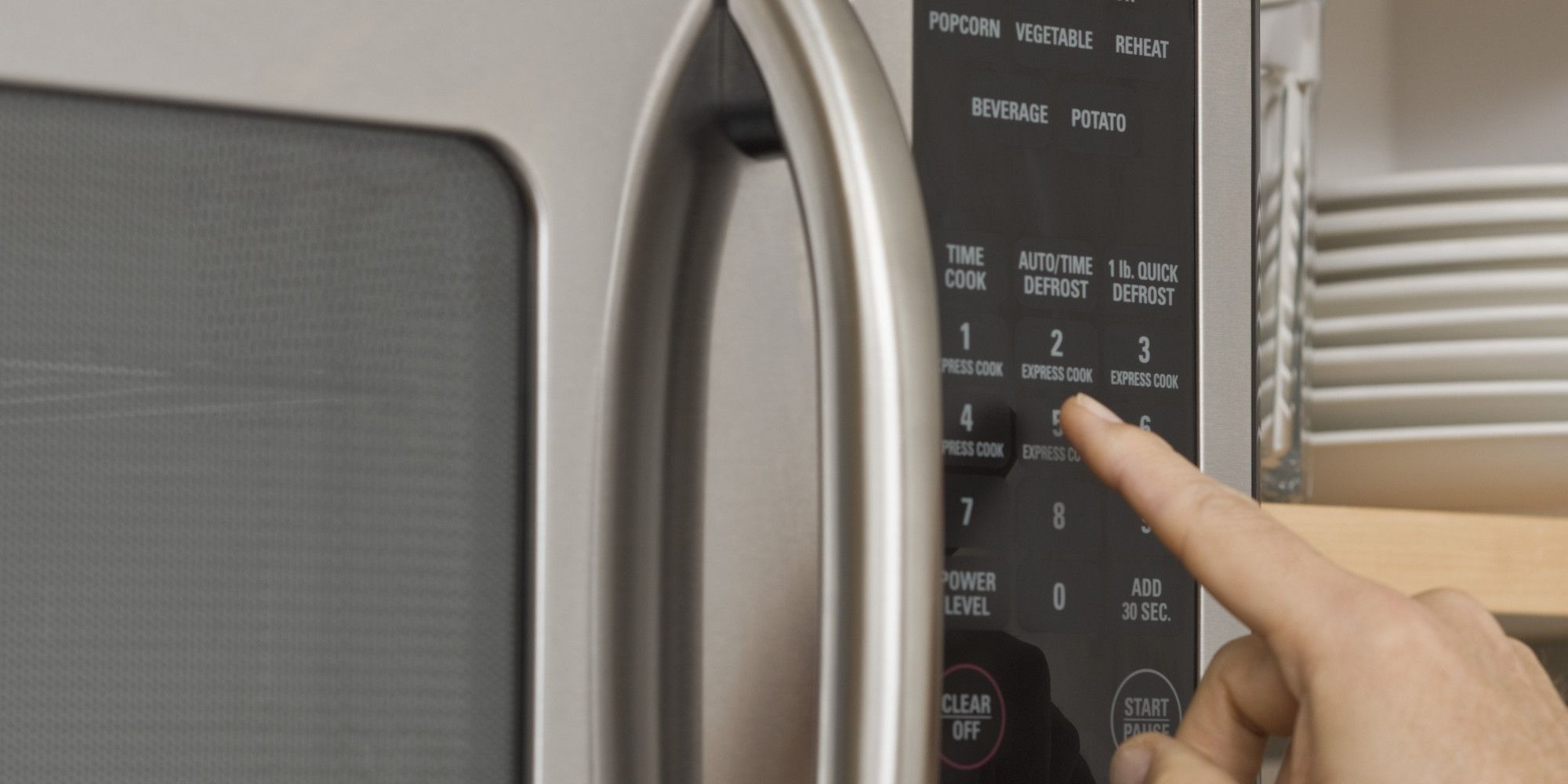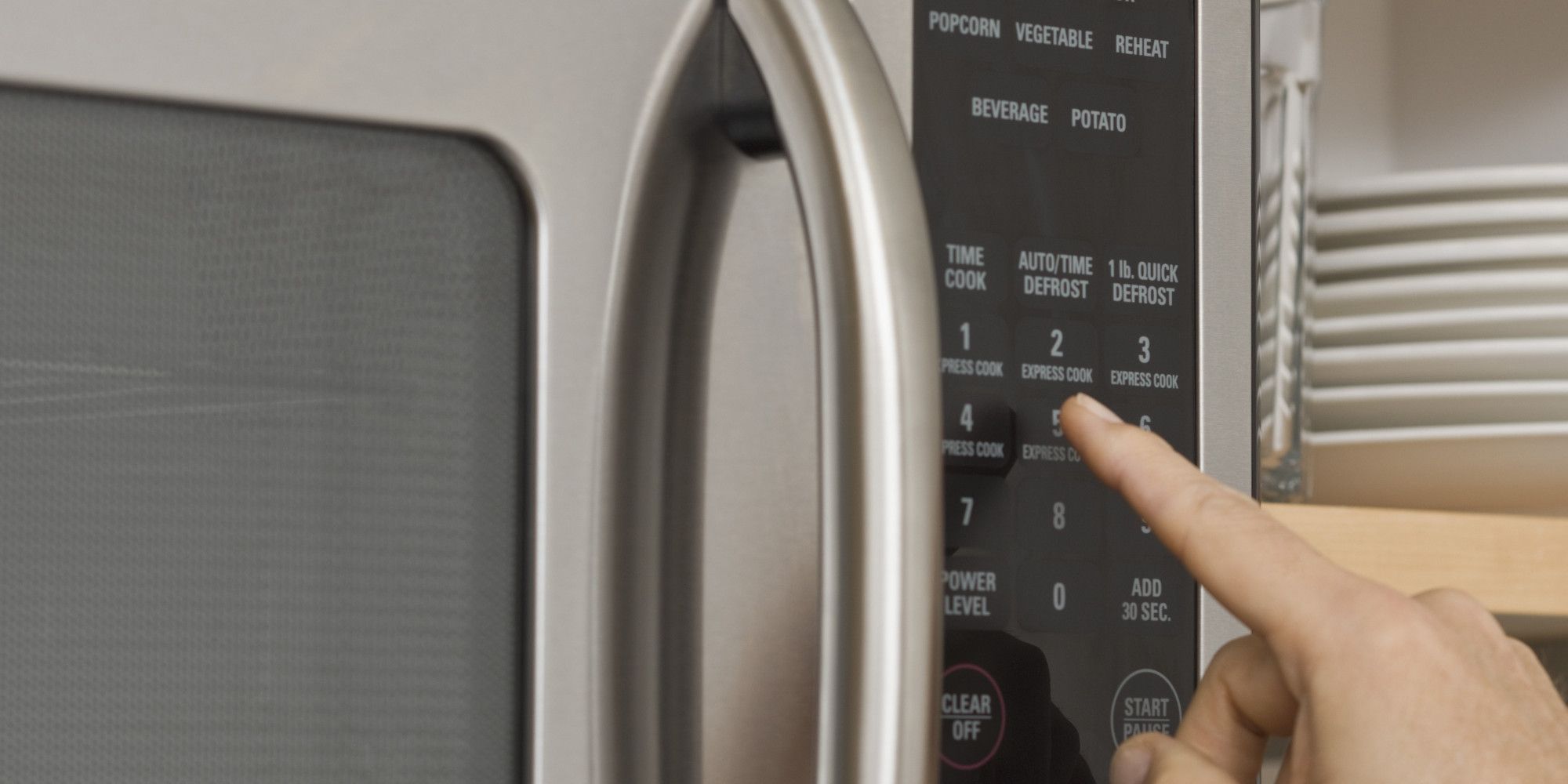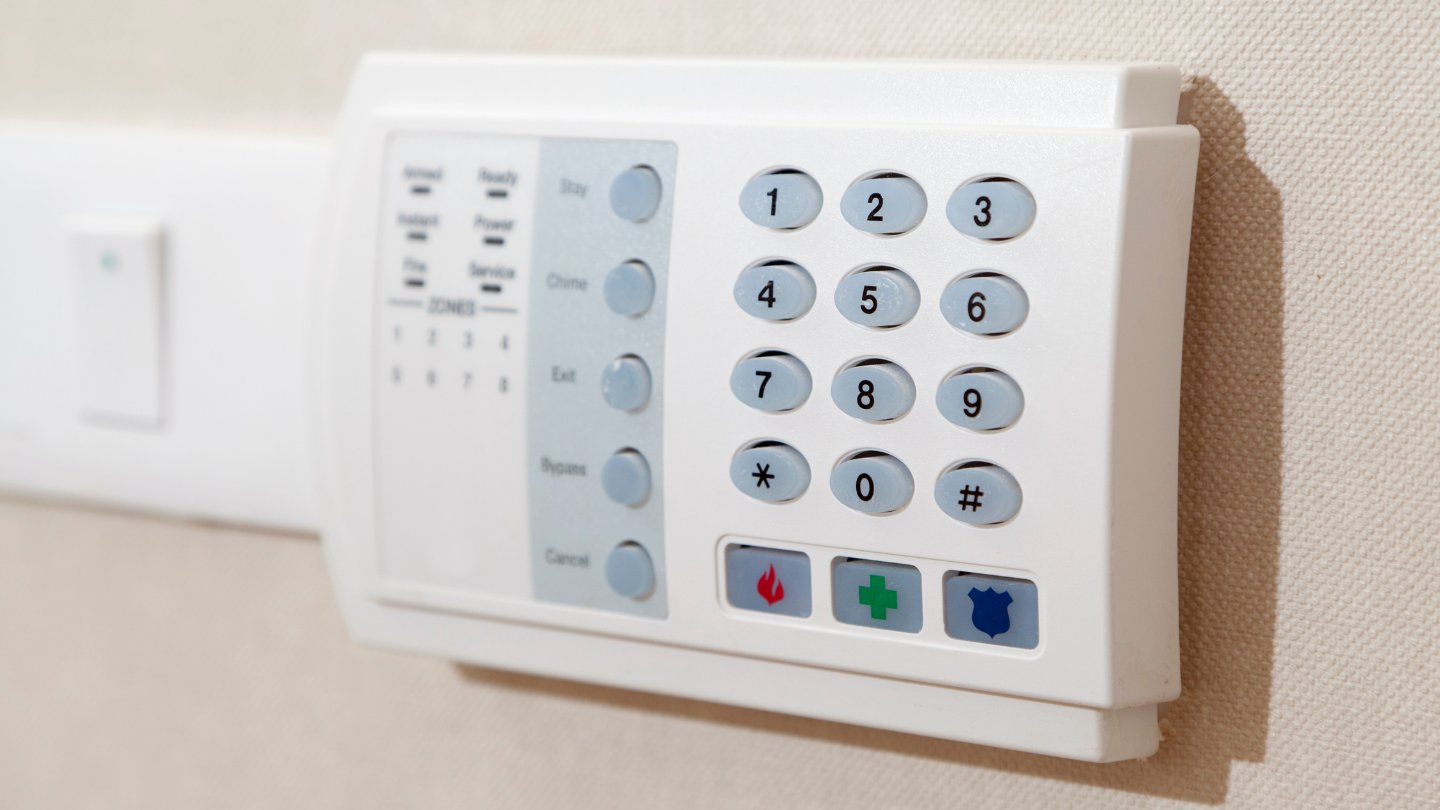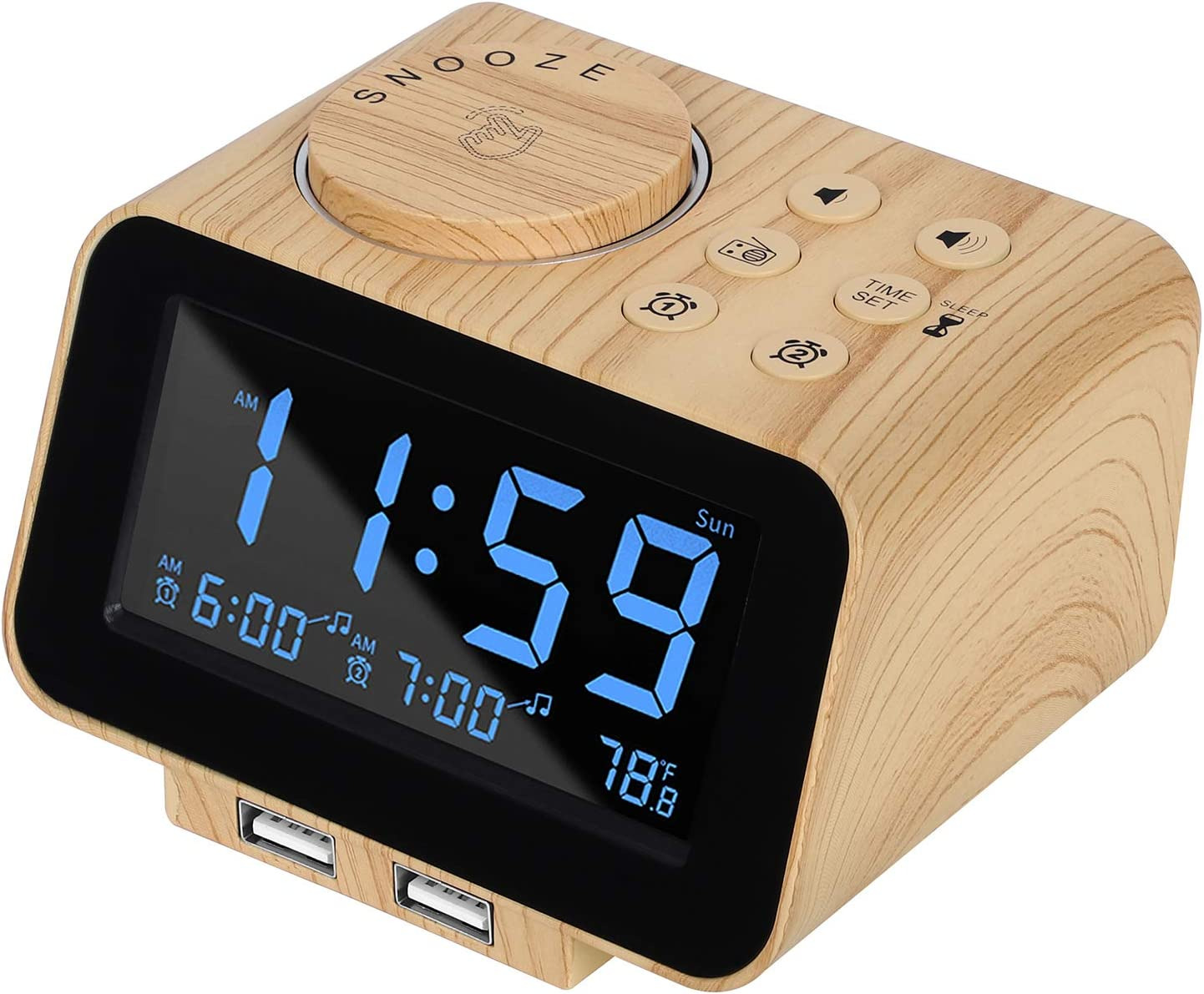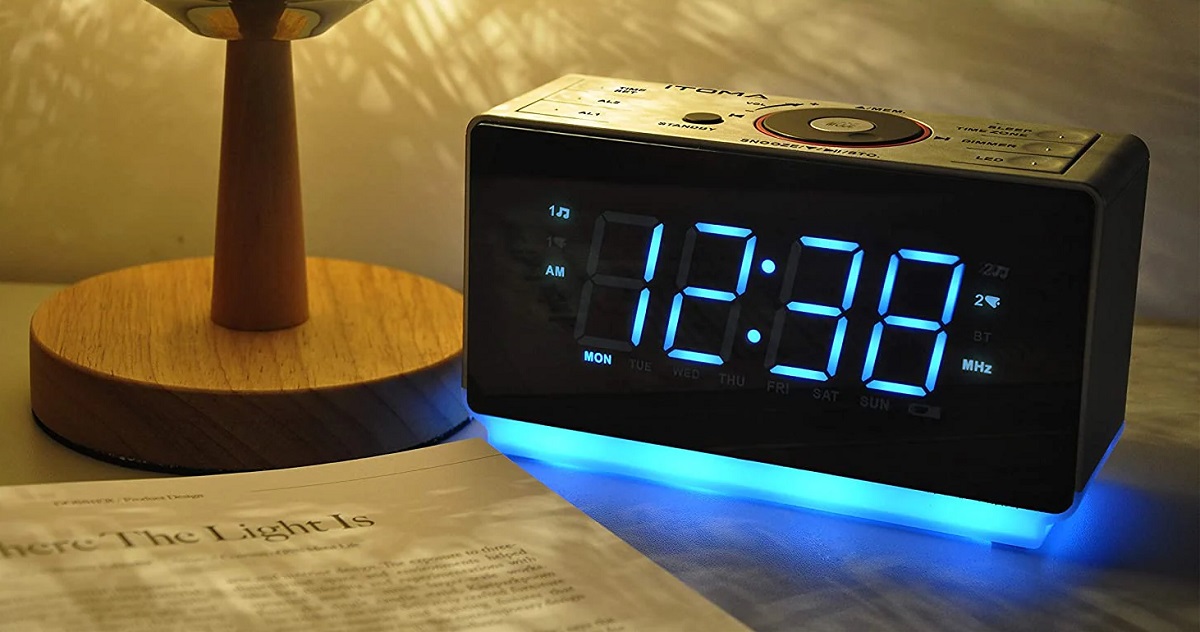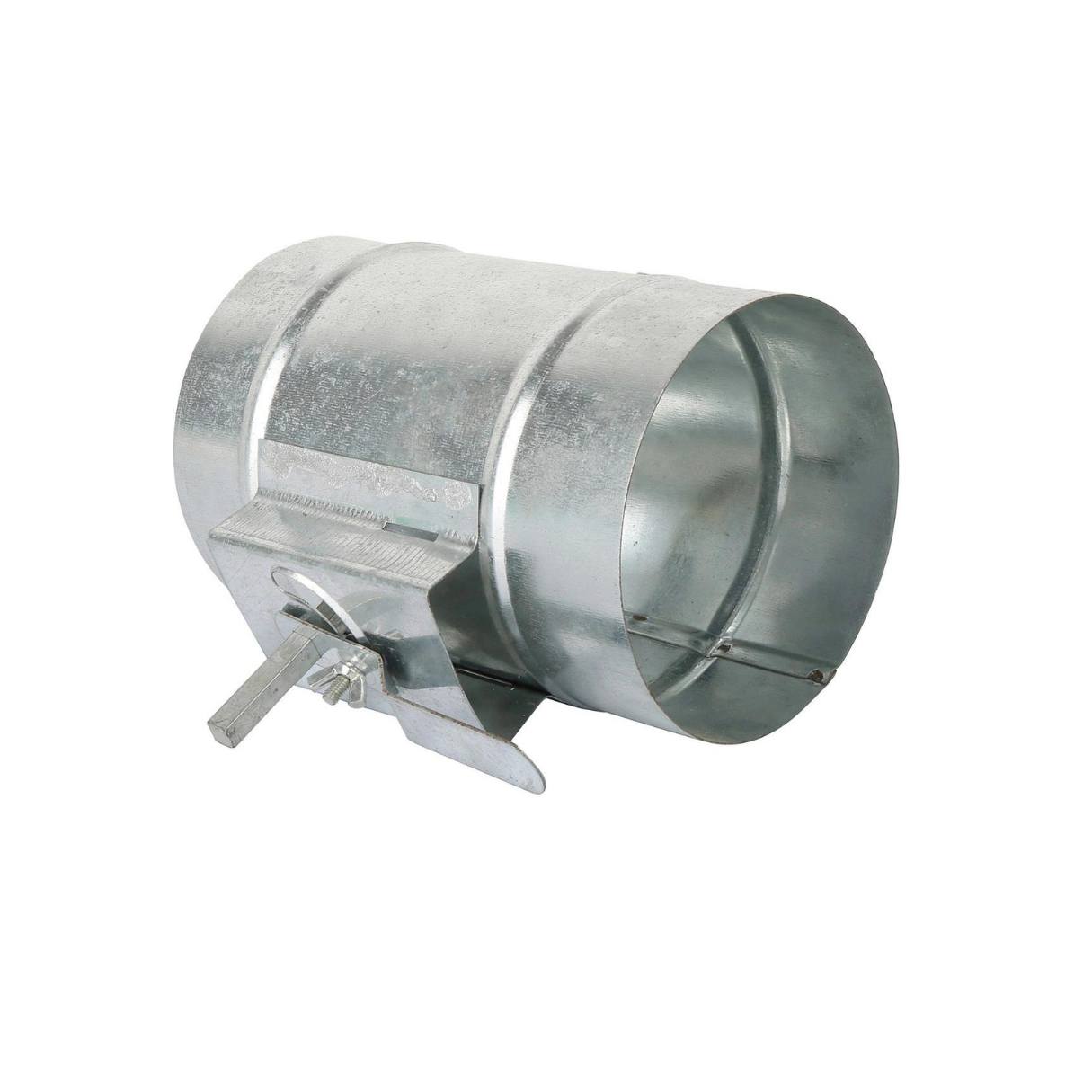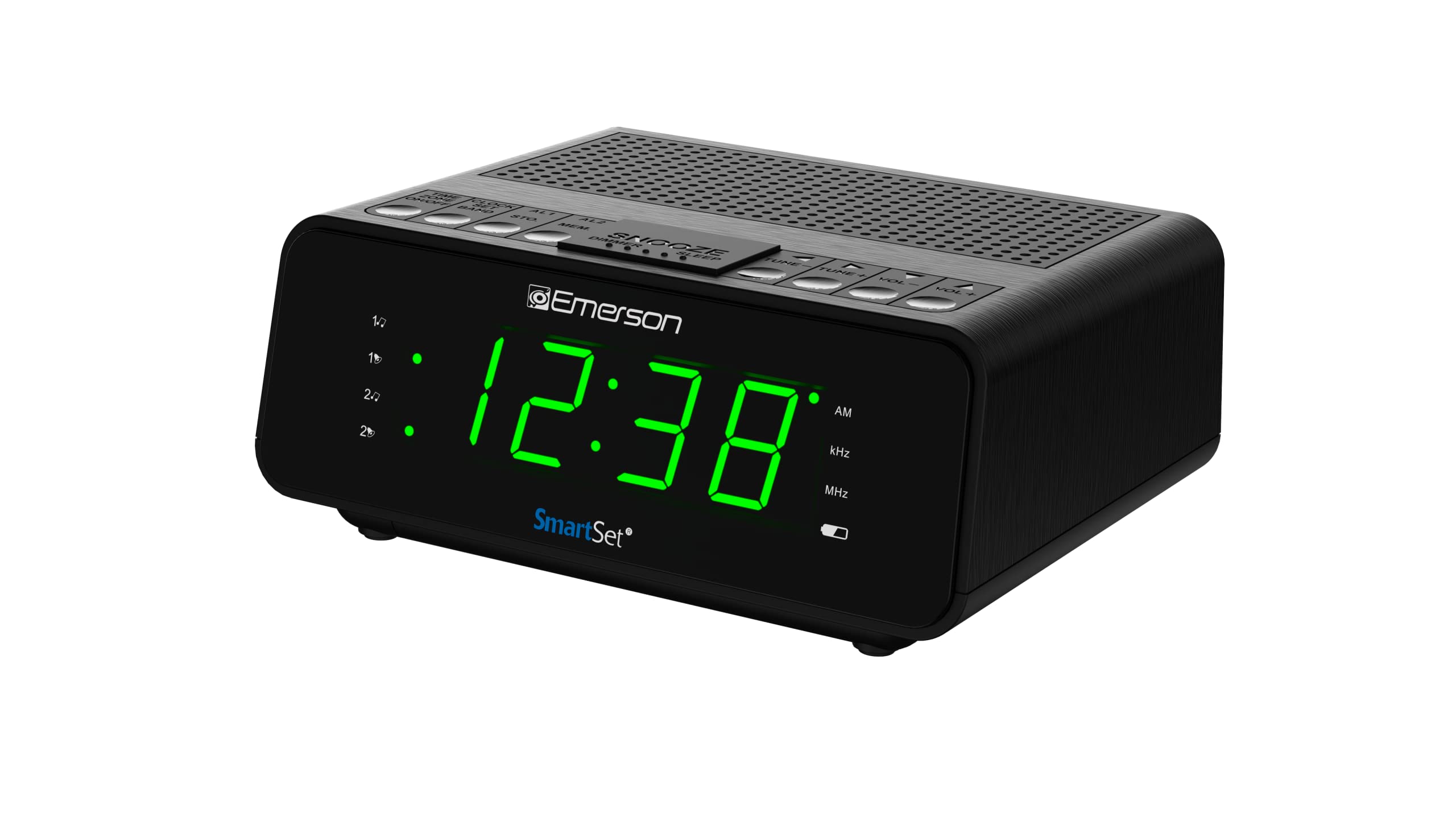Home>Home Security and Surveillance>What Radio Frequency Do Wireless Alarm Systems Use


Home Security and Surveillance
What Radio Frequency Do Wireless Alarm Systems Use
Modified: March 6, 2024
Find out the radio frequency used by wireless alarm systems for home security and surveillance. Ensure your system operates on the right frequency.
(Many of the links in this article redirect to a specific reviewed product. Your purchase of these products through affiliate links helps to generate commission for Storables.com, at no extra cost. Learn more)
Introduction
Welcome to the world of wireless alarm systems, where cutting-edge technology meets home security and surveillance. With the advancement of wireless communication, traditional wired alarm systems have given way to more flexible and convenient wireless alternatives. In this article, we will delve into the fascinating realm of wireless alarm systems and explore the radio frequencies that power them.
Wireless alarm systems have revolutionized home security by eliminating the need for extensive wiring and complex installations. These systems utilize radio frequency (RF) technology to transmit signals between different alarm components, ensuring a secure and efficient communication network.
Understanding the role of radio frequencies in wireless alarm systems is essential for homeowners to make informed choices when purchasing and installing these systems. By having a grasp of the different RF frequencies used and their associated benefits and challenges, you can optimize the performance and reliability of your home security setup.
So, let’s dive into the fascinating world of RF frequencies and explore the intricacies of wireless alarm systems. We will uncover the commonly used RF bands, discuss the benefits of utilizing specific frequencies, and address the challenges involved in selecting the optimal RF frequency for your wireless alarm system.
Key Takeaways:
- Wireless alarm systems use radio frequencies (RF) for communication. Frequencies like 315 MHz, 433 MHz, and 868 MHz offer different benefits, so choosing the right one is crucial for reliable home security.
- Selecting the best RF frequency for your wireless alarm system can be challenging due to interference, environmental factors, and regulatory compliance. Careful planning and testing are essential for a robust and secure setup.
Read more: What Frequency Breaks Glass
Understanding Wireless Alarm Systems
Wireless alarm systems offer a convenient and flexible solution for protecting homes and properties. Unlike their wired counterparts, wireless systems rely on RF technology to transmit signals and communicate between various components, such as sensors, control panels, and keypads.
One of the key advantages of wireless alarm systems is the ease of installation. Since they don’t require extensive wiring, homeowners can easily set up the system themselves or hire professionals for a quick and hassle-free installation. This saves time, effort, and potential damage to the property.
Wireless alarm systems are also highly adaptable, allowing homeowners to easily add or relocate sensors and other components as needed. This flexibility makes it ideal for those who frequently move or want to expand their security coverage.
Another notable benefit of wireless systems is their reliability. Unlike wired systems that can be vulnerable to power outages or physical tampering, wireless systems often have backup power options and encrypted communication protocols to ensure continuous operation and enhanced security.
Wireless alarm systems offer advanced features such as remote monitoring and control through mobile apps or web platforms. Homeowners can receive real-time notifications and access their security system from anywhere, providing peace of mind and convenience.
While wireless systems have numerous benefits, it’s important to note that they may be subject to signal interference. Factors like distance, physical barriers, and other electronic devices operating on similar frequencies can affect the performance and range of wireless alarm systems.
Overall, understanding how wireless alarm systems function and their inherent benefits and limitations is crucial for making informed decisions regarding home security. Now that we have a basic understanding of wireless alarm systems, let’s explore the foundation of their operation: radio frequencies.
Radio Frequency Basics
Radio frequency (RF) is a range of electromagnetic waves used for wireless communication. These waves have varying frequencies and wavelengths, allowing them to carry information over short or long distances. RF waves are categorized into different bands based on their frequency ranges.
In the context of wireless alarm systems, RF technology plays a crucial role in transmitting signals between various components. It enables seamless communication and ensures that the system functions reliably and efficiently.
RF waves are characterized by their frequency, which is measured in hertz (Hz). Frequency refers to the number of oscillations or cycles that occur in one second. The higher the frequency, the shorter the wavelength and vice versa.
RF waves used in wireless alarm systems fall within specific frequency ranges, typically in the megahertz (MHz) and gigahertz (GHz) range. These frequencies are carefully selected to ensure optimal performance, range, and resistance to interference.
It’s important to note that RF waves can travel through various mediums, including air, walls, and objects. However, some materials may attenuate or weaken the signal strength, resulting in reduced range and possible communication issues.
Now that we understand the basics of radio frequency, let’s explore the specific frequencies used in wireless alarm systems.
Frequencies Used in Wireless Alarm Systems
Wireless alarm systems operate using specific radio frequencies (RF) to transmit signals between components. These frequencies are carefully selected to ensure reliable and secure communication while minimizing interference from other devices or environmental factors.
There is a wide range of frequencies available for wireless alarm systems, and the choice depends on various factors such as regulations, compatibility, and specific requirements of the system. Here are some commonly used RF bands for wireless alarm systems:
- 315 MHz: This frequency is commonly used for short-range applications. It offers good signal penetration through walls and objects, making it suitable for indoor wireless alarm systems.
- 433 MHz: The 433 MHz frequency is popular due to its compatibility with a wide range of devices and the ability to cover moderate distances. It strikes a balance between signal reach and interference resistance.
- 868 MHz: The 868 MHz frequency provides better signal range and improved resistance to interference compared to the lower bands. It is commonly used in larger properties or installations that require a broader coverage area.
- 915 MHz: This frequency is widely used in the United States. It has better signal penetration capabilities and is suitable for both indoor and outdoor wireless alarm systems.
- 2.4 GHz: The 2.4 GHz band is commonly used for various wireless applications, including Wi-Fi and Bluetooth. It provides high data transmission rates but may be more susceptible to interference from other devices operating on the same frequency.
When selecting the appropriate frequency for a wireless alarm system, it’s crucial to consider factors such as signal range, interference levels, and compatibility with other devices. It’s also essential to comply with regional regulations regarding the permissible use of specific frequencies.
It’s worth noting that some wireless alarm systems utilize multiple frequencies to enhance reliability and security. This approach, known as frequency hopping, allows the system to switch between different frequencies to minimize interference and maintain a steady connection.
By understanding the frequencies used in wireless alarm systems, homeowners can make informed decisions when choosing a system that best suits their needs. In the next section, we will explore the benefits of using specific RF frequencies in wireless alarm systems.
Wireless alarm systems typically use radio frequencies in the range of 300 MHz to 433 MHz for communication between the sensors and the control panel. Be sure to check the specific frequency used by your system for compatibility with other devices.
Commonly Used RF Bands
Wireless alarm systems utilize different radio frequency (RF) bands to ensure effective communication and reliable operation. These RF bands are carefully selected based on factors such as signal range, interference resistance, and regulatory requirements. Let’s explore some of the commonly used RF bands in wireless alarm systems:
- 315 MHz: The 315 MHz band is widely used for short-range wireless alarm systems. It offers good penetration through walls and objects, making it suitable for indoor applications. The lower frequency also provides a longer transmission range compared to higher bands.
- 433 MHz: The 433 MHz band is another popular choice for wireless alarm systems. It strikes a balance between signal range and interference resistance. It can cover moderate distances and is compatible with a wide range of devices, making it versatile for both residential and commercial installations.
- 868 MHz: The 868 MHz band provides better signal range and improved immunity to interference. It is a commonly used frequency band in larger properties or installations that require a wider coverage area. The higher frequency ensures reliable communication and reduces the risk of signal dropout.
- 915 MHz: The 915 MHz band is widely used in the United States. It offers good signal penetration capabilities, making it suitable for both indoor and outdoor wireless alarm systems. The higher frequency also helps mitigate interference from other devices operating in the same environment.
- 2.4 GHz: The 2.4 GHz band is commonly used for various wireless applications, including Wi-Fi and Bluetooth. It provides high data transmission rates but may be more susceptible to interference from other devices operating on the same frequency. While this band is not as commonly used in wireless alarm systems, it can be suitable for certain applications where high-speed data transmission is required.
It is important to note that the availability and regulations regarding these RF bands may vary in different regions. It is advisable to consult local authorities or experts to ensure compliance with applicable regulations.
When selecting a wireless alarm system, consider factors such as the size of your property, signal range requirements, and compatibility with other devices. Understanding the advantages and limitations of each RF band will help you make an informed decision that meets your specific security needs.
In the next section, we will explore the benefits of using specific RF frequencies in wireless alarm systems.
Read also: 10 Incredible Radio Alarm Clock for 2024
Benefits of Using Specific RF Frequencies
Choosing the right radio frequency (RF) for your wireless alarm system is crucial for ensuring optimal performance and reliability. Each RF frequency band used in wireless alarm systems offers its own set of benefits and advantages. Let’s explore the advantages of using specific RF frequencies:
- 315 MHz: The 315 MHz band provides good signal penetration through walls and objects. This makes it ideal for indoor wireless alarm systems where obstacles may be present. The lower frequency also offers a longer transmission range, allowing signals to reach more areas within the property.
- 433 MHz: The 433 MHz band strikes a balance between signal range and interference resistance. It can cover moderate distances and is compatible with a wide range of devices. This frequency is versatile and commonly used in residential and commercial applications.
- 868 MHz: The 868 MHz band offers a wider signal range and improved immunity to interference. As a result, it is commonly used in larger properties or installations that require extended coverage. The higher frequency ensures more reliable communication and reduces the risk of signal dropout.
- 915 MHz: The 915 MHz band has good signal penetration capabilities, making it suitable for both indoor and outdoor wireless alarm systems. This frequency is commonly used in the United States and offers reliable communication with minimal interference from other devices operating in the same area.
- 2.4 GHz: The 2.4 GHz band provides high data transmission rates, making it suitable for applications that require fast and efficient communication. While not as commonly used in wireless alarm systems, it can be employed in specific scenarios where high-speed data transmission is crucial.
Using the appropriate RF frequency for your wireless alarm system ensures a reliable and robust communication network. By considering factors such as the size of your property, signal range requirements, and compatibility with other devices, you can select an RF frequency that best suits your needs.
It’s important to note that the benefits of specific RF frequencies can vary based on environmental factors and the presence of other wireless devices operating in the same frequency range. Conducting thorough testing and consulting with experts can help ensure that the chosen RF frequency will provide optimal performance for your wireless alarm system.
Now that we’ve explored the benefits of specific RF frequencies, let’s discuss the challenges involved in selecting the optimal RF frequency for your wireless alarm system in the next section.
Challenges in Wireless Alarm Systems RF Selection
While wireless alarm systems offer numerous advantages, selecting the optimal radio frequency (RF) for your system can pose certain challenges. It is important to be aware of these challenges to ensure the successful implementation and operation of your wireless alarm system. Let’s explore some common challenges in RF selection:
Interference: One of the primary challenges in RF selection is mitigating interference from other wireless devices operating in the same frequency range. This interference can degrade signal quality and impact the overall performance of the wireless alarm system. It’s crucial to choose an RF frequency that is less susceptible to interference or employ techniques like frequency hopping to minimize the impact of interference.
Environmental Factors: The physical environment in which the wireless alarm system operates can also affect RF signal transmission. Factors such as distance, walls, and other objects can attenuate or weaken the signal strength, resulting in reduced range and potential communication issues. It is essential to conduct a site survey to identify potential obstacles and select an RF frequency that can overcome these challenges.
Regulatory Compliance: Different regions or countries have specific regulations regarding the use of RF frequencies. It is important to ensure that the chosen RF frequency complies with local regulations to avoid legal issues and ensure proper operation of your wireless alarm system. Consult with local authorities or experts to understand the regulatory requirements before selecting an RF frequency.
Compatibility: Wireless alarm systems often consist of multiple components from different manufacturers. Ensuring compatibility among these components is essential for seamless communication. It is important to choose an RF frequency that is supported by the various components of your wireless alarm system or employ frequency-agile systems that can adapt to different RF frequencies.
Signal Range: The range of the wireless alarm system is an important consideration when selecting an RF frequency. Different frequencies have varying signal propagation characteristics, which may impact the effective coverage area of the system. It is essential to choose an RF frequency that provides sufficient range to cover the desired areas with reliable signal strength.
Overcoming these challenges requires careful planning, testing, and consultation with experts. Conducting thorough research and understanding the specific requirements of your wireless alarm system will help in selecting the RF frequency that best suits your needs and ensures optimal performance.
By being aware of these challenges and employing appropriate strategies, you can successfully navigate the RF selection process and implement a robust and reliable wireless alarm system.
As we conclude this article, we hope that the information provided has helped you gain a deeper understanding of the importance of RF frequencies in wireless alarm systems. Remember to consider your specific needs, environmental factors, and regulatory requirements when choosing the RF frequency for your wireless alarm system to maximize its effectiveness and ensure the security of your home or property.
Conclusion
Wireless alarm systems have revolutionized home security, offering convenience, flexibility, and advanced features. Understanding the role of radio frequencies (RF) in wireless alarm systems is essential for optimizing their performance and reliability. By selecting the appropriate RF frequency and overcoming the associated challenges, homeowners can ensure a robust and secure communication network for their alarm systems.
We explored the basics of RF and the different frequencies commonly used in wireless alarm systems. The choice of RF frequency depends on factors such as signal range, interference resistance, and regulatory requirements. Frequencies like 315 MHz, 433 MHz, 868 MHz, 915 MHz, and 2.4 GHz have their own advantages and limitations, and selecting the right frequency will depend on specific needs and environmental conditions.
While RF selection offers benefits such as signal penetration, longer range, and higher data transmission rates, challenges exist. Interference from other devices, environmental factors like walls and distance, regulatory compliance, and compatibility issues must be addressed to ensure optimal performance.
Overcoming these challenges requires careful planning, site surveys, and consultation with experts to select the RF frequency that best suits the unique requirements of your wireless alarm system. Conducting thorough testing and following local regulations will contribute to a reliable and secure wireless alarm system implementation.
In conclusion, wireless alarm systems powered by radio frequencies provide homeowners with a flexible and effective solution for home security and surveillance. By understanding the basics of RF, selecting the appropriate frequency, and addressing challenges in the RF selection process, you can create a robust and reliable wireless alarm system that protects your home or property.
Remember, the key is to strike a balance between functionality and compatibility while ensuring compliance with regulations. With the right RF frequency, your wireless alarm system will provide peace of mind and enhance the overall security of your home.
Frequently Asked Questions about What Radio Frequency Do Wireless Alarm Systems Use
Was this page helpful?
At Storables.com, we guarantee accurate and reliable information. Our content, validated by Expert Board Contributors, is crafted following stringent Editorial Policies. We're committed to providing you with well-researched, expert-backed insights for all your informational needs.
